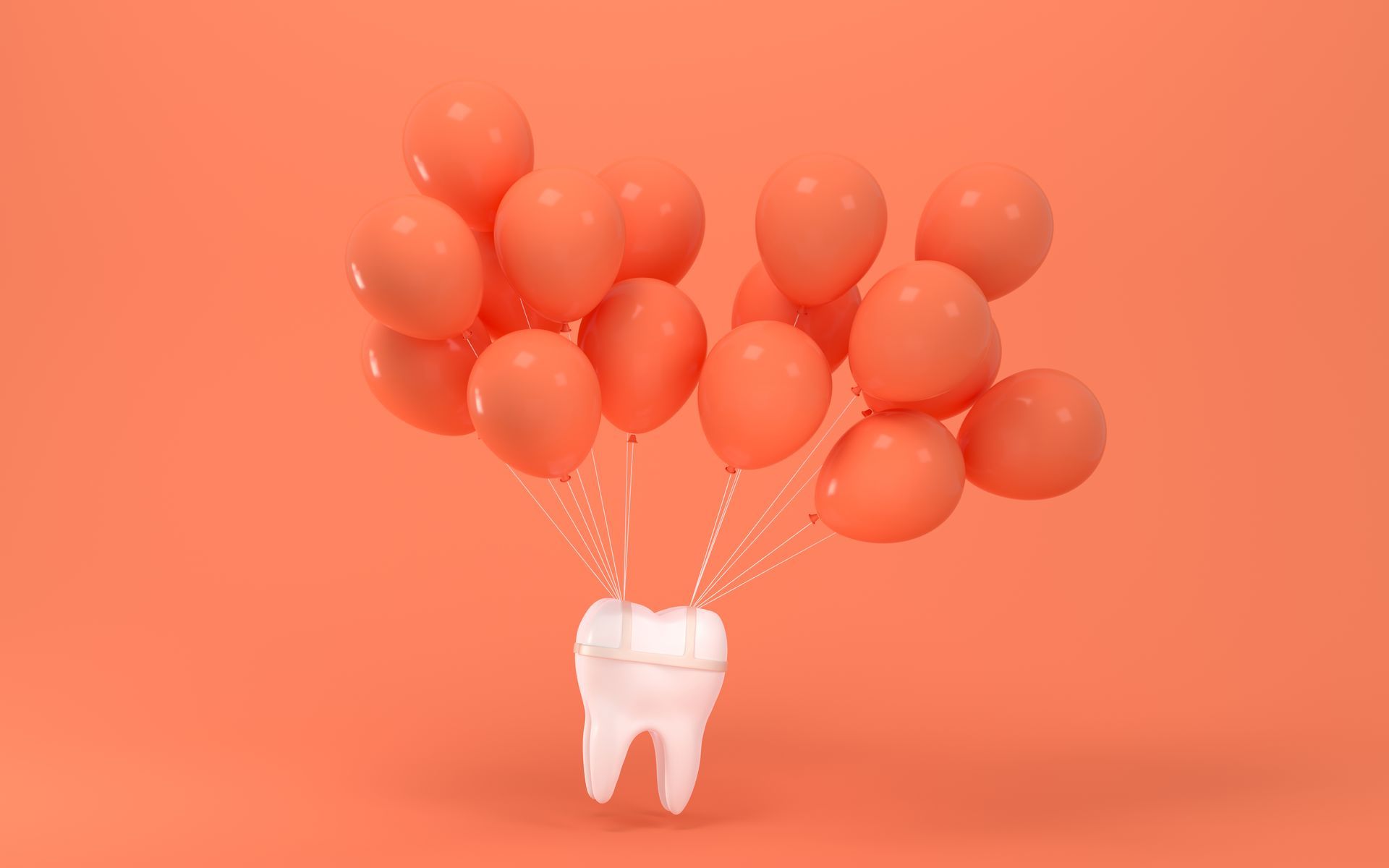Tooth Extractions: What to Expect and How to Prepare

Getting a tooth extracted can feel daunting, but understanding why extractions are sometimes necessary—and how to prepare for the procedure—helps alleviate anxiety. In many cases, removing a tooth can preserve and protect the overall integrity of your smile. By learning what to expect before, during, and after your appointment, you can confidently approach the process and set yourself up for a smooth recovery.
Why Extractions Become Necessary
Several factors can prompt a dental professional to recommend extracting a tooth. Severe decay that has compromised too much of the tooth’s structure may leave restoration efforts, such as fillings or crowns, insufficient for preserving oral health. In other situations, a tooth might be fractured or damaged beyond repair. Advanced periodontal (gum) disease affecting bone health can also lead to the need for an extraction, especially if it becomes challenging to support the stability of the affected tooth.
Additionally, tooth extractions are sometimes part of comprehensive treatment plans to improve alignment or create adequate space in the mouth. If you have an impacted tooth—often a wisdom tooth that cannot fully emerge above the gum line—removal may be the best route to prevent infection and protect surrounding teeth. According to the Journal of the American Dental Association, extractions can also help manage overcrowding issues. While it’s normal to experience some worry about the process, early planning and open communication with your dental team often ease concerns and enable a confident mindset.
Exploring the Procedure
Modern dentistry places a significant emphasis on patient comfort, and tooth extraction procedures are typically performed under local anesthesia or another form of sedation. The first step usually involves thorough imaging—such as X-rays—to help your dentist evaluate the condition of the tooth and surrounding bone. This assessment ensures that if there are risks, such as curved or multiple roots, your dentist is well-prepared to navigate them and remove the tooth in the safest way possible.
During a simple extraction, the dentist will numb the area around the tooth, and specialized tools gently loosen the tooth from its socket. If the tooth in question has not fully erupted or is severely fractured, a surgical extraction may be required. In this instance, small incisions in the gum tissue provide access to safely remove the tooth. Regardless of the method, your dental team strives to keep you comfortable throughout. You might feel pressure during the procedure, but pain sensations should be minimal. If you experience discomfort, it’s important to communicate immediately with your dental professional so they can adjust your level of anesthesia or sedation.
Helpful Tips for a Stress-Free Experience
Because dental visits can stir up apprehension in some patients, taking a few simple steps beforehand makes a difference in how you feel. Plan to discuss any existing medical conditions, allergies, or medications with your dentist in advance. This helps your dental team tailor the treatment plan to your specific needs and ensure optimal safety. Avoid eating a large meal directly before an extraction if you’ll be sedated, but do follow any instructions your dentist provides regarding water intake or light snacking.
Preparation extends beyond the logistical details. For instance, calming exercises—like diaphragmatic breathing or gentle stretching—can help relax your mind while you wait. If you have concerns about the procedure itself, talking openly with your dentist or hygienist often relieves worries. They can walk you through exactly what to expect, address any fears, and discuss customization options like sedation. Remember that choosing a trusted dental practice that prioritizes clear communication is a vital step toward a worry-free experience.
Post-Extraction Care for a Successful Recovery
The recovery phase plays a critical role in ensuring that your mouth heals swiftly and thoroughly. Immediately after an extraction, it is common to apply gauze to the site, helping to control bleeding and create a blood clot. Be mindful not to disturb the clot, as it protects the underlying bone and nerve endings. Avoid rinsing your mouth vigorously, drinking through a straw, or consuming overly hot foods for at least the first 24 hours. Doing so might dislodge the clot and prolong healing.
As your mouth recovers, stick to soft foods that require minimal chewing—soups, yogurt, applesauce, and mashed vegetables are typically easy to manage. Make sure to drink plenty of fluids but limit alcoholic or caffeinated beverages, as they can slow the healing process. Good oral hygiene is still essential, but be gentle around the extraction site. Carefully brushing off plaque in other areas of the mouth and rinsing lightly with a mild saline solution—recommended by many dentists and backed by Mayo Clinic—can keep the healing site clean without creating irritation. If you notice persistent swelling, prolonged bleeding, or discomfort that worsens over time, contact your dentist promptly.
Planning Your Follow-Up Visit
After an extraction, follow-up visits help gauge the progress of your recovery. Your dentist may recommend an appointment around a week or two later to make sure the socket is healing well and to check for any complications. This visit is also an excellent time to discuss a long-term plan for replacing the extracted tooth if needed. Options like dental implants, bridges, or partial dentures are popular methods to address gaps, enhance aesthetics, and maintain proper chewing function.
By consulting with your dental professional, you’ll gain personalized insights into whether a temporary restorative solution or a permanent replacement is best suited for you. Investing in a timely replacement not only preserves your smile’s appearance but also supports the integrity of your remaining teeth. Missing teeth can shift over time, and your jawbone health may be affected if they are not replaced. Addressing these concerns early ensures a strong foundation for your continued oral wellness.
Where to Learn More and Take the Next Step
Recovering from a tooth extraction can be more straightforward than you might imagine when you are equipped with the right information and a caring dental team. Having a clear plan, understanding the procedure, and knowing how to care for yourself afterward make all the difference in feeling confident about your oral health journey.
If you have questions about the tooth extraction process or want personalized guidance, visit the Contact Us page on our website. We’re here to help you schedule an appointment, address any concerns, and guide you toward additional services that promote a healthy, beautiful smile. At South Temple Dental, you’ll find a friendly team ready to support you at every phase of your dental care. Let us partner with you to ensure that your tooth extraction experience is as comfortable, efficient, and positive as possible.


